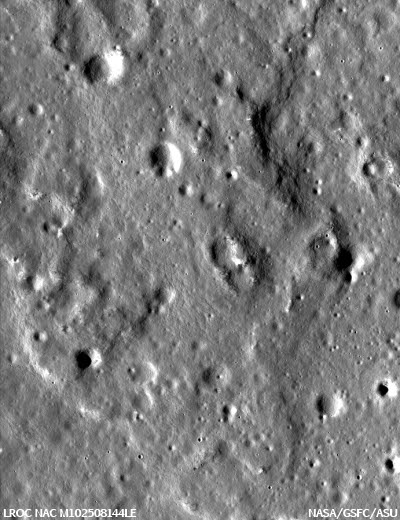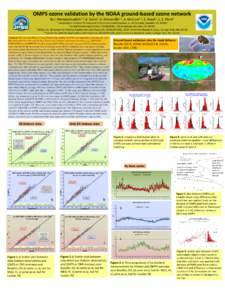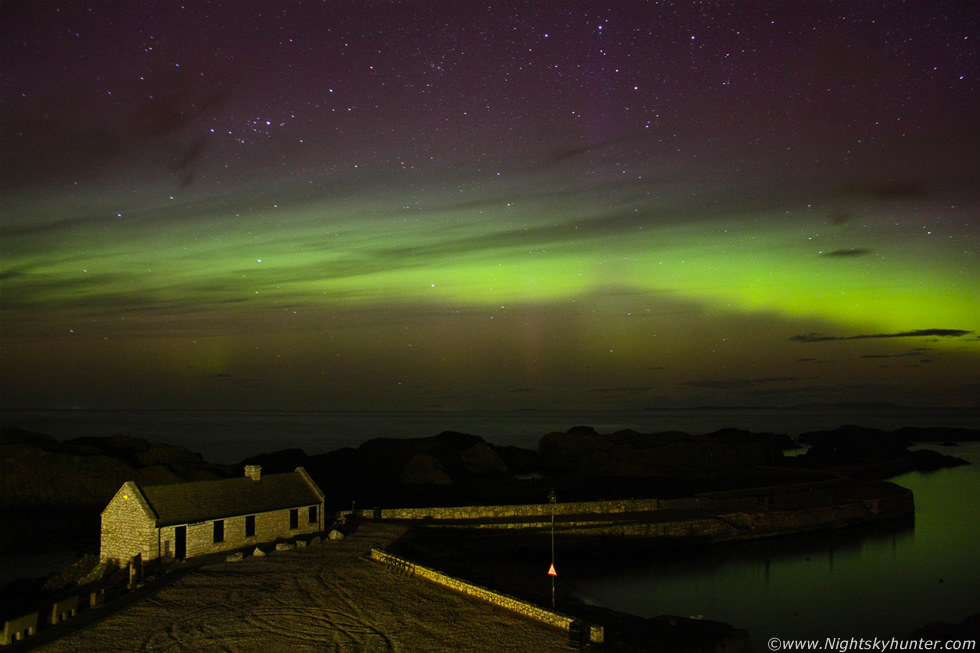Volcanism on Io A Comparison with Earth
Data: 1.09.2018 / Rating: 4.7 / Views: 942Gallery of Video:
Gallery of Images:
Volcanism on Io A Comparison with Earth
Cambridge University Press Volcanism On Io A Comparison with Earth by Ashley Gerard Davies Index Index. Note: Page numbers in italic refer to figures and tables. Volcanism on Io: A Comparison with Earth This richly illustrated book is the first dedicated to volcanism on Io. It describes and explains the different styles and scales of volcanic activity on this fascinating moon, and compares Io's diverse volcanoes with their contemporaries on Earth. in Buy Volcanism on Io: A Comparison with Earth (Cambridge Planetary Science) book online at best prices in India on Amazon. Read Volcanism on Io: A Comparison with Earth (Cambridge Planetary Science) book reviews author details and more at. on Io (paterae) and comparing these to a terrestrial analog for sulfur volcanism. I undertook the global mapping work as part of a collaborative effort led by Dr. David Williams of the School of Earth and Space Exploration, Arizona State University. Volcanism on Io: a comparison with Earth. [Ashley Gerard Davies The most powerful volcanoes in the Solar System are not on Earth, but on Io, a tiny moon of Jupiter. This text compares the volcanoes of Io with those of Earth. PDF Download Rivers and the Power of Ancient Rome Studies in the History of Greece and Rome Read Full Ebook Volcanism on Io: A Comparison with Earth (Ashley Gerard Davies) at Booksamillion. This richly illustrated book is the first dedicated to volcanism on Io. It describes and explains the different styles and scales of volcanic activity on this fascinating moon, and compares Io's diverse volcanoes with their contemporaries on Earth. Volcanism on Io: A Comparison with Earth, by Ashley Gerard Davies. Published by Cambridge University Press, Cambridge, UK, 2007. Whilst Earth and Io are the only bodies in the Solar System to have active, hightemperature volcanoes, those found on Io are larger, hotter, and more violent. This, the first book dedicated to volcanism on Io, contains the latest results from Galileo mission data analysis. Volcanism on Io: A Comparison with Earth (Cambridge Planetary Science) by Ashley Gerard Davies. Io is the innermost and the second smallest of the four Galilean moons. It was discovered, along with Europa, Ganymede and Callisto by Galileo Galilei in 1610. Io Moon Profile Io Diagrams Facts about Io Io has more than 400 active volcanoes on its surface. They make this little moon the most actively volcanic world [ The most powerful volcanoes in the Solar System are not on Earth, but on Io, a tiny moon of Jupiter. Whilst Earth and Io are the only bodies in the Solar System to have active, hightemperature volcanoes, those found on Io are larger, hotter, and more violent. Encuentra Volcanism on IO: A Comparison with Earth (Cambridge Planetary Science) de Ashley Gerard Davies (ISBN: ) en Amazon. Paterae (volcanotectonic depressions) are among the most prominent topographic features on Io. They are unique, yet in some aspects they resemble calderas known and studied on Earth, Mars, and Venus. Volcanism on Io by Ashley Davies, , available at Book Depository with free delivery worldwide. Do you want to remove all your recent searches? All recent searches will be deleted Our site uses cookies to improve your experience. You can find out more about our use of cookies in About Cookies, including instructions on how to turn off cookies if you wish to do so. By continuing to browse this site you agree to us using cookies as described in About Cookies. Worlds on Fire: Volcanoes on the Earth, the Moon, Mars, Venus and Io by Frank See more like this Volcanism on Io Comparison with Earth Ashley Gerard Davies Cambridge Press 2007 This richly illustrated book is the first dedicated to volcanism on Io. It describes and explains the different styles and scales of volcanic activity on this fascinating moon, and compares Io's diverse volcanoes with their contemporaries on Earth. VOLCANISM ON IO A Comparison with Earth The most powerful volcanoes in the Solar System are found not on Earth but on Io, a tiny moon of Jupiter. This richly illustrated book is the first dedicated to volcanism on Io. It describes and explains the different styles and scales of volcanic activity on this fascinating moon, and compares Io's diverse volcanoes with their contemporaries on Earth. The most powerful volcanoes in the Solar System are not on Earth, but on Io, a tiny moon of Jupiter. Whilst Earth and Io are the only bodies in the Solar System to have active, hightemperature volcanoes, those found on Io are larger, hotter, and more violent. This, the first book dedicated to volcanism on Io, contains the latest results from Galileo mission data analysis. You have free access to this content Volcanism on Io: A comparison with Earth, by Ashley Davies The jovian satellite Io is the most volcanically active body in the Solar System and has some features that exhibit the temporal, thermal and spectral characteristics of lava lakes (see a summary. The volcanology of Io, a moon of Jupiter, is the scientific study of lava flows, volcanic pits, and volcanism (volcanic activity) on the surface of Io. Its volcanic activity was discovered in 1979 by Voyager 1 imaging scientist Linda Morabito. [1 Description This richly illustrated book is the first dedicated to volcanism on Io. It describes and explains the different styles and scales of volcanic activity on this fascinating moon, and compares Io's diverse volcanoes with their contemporaries on Earth. Volcanism on Io: A Comparison with Earth by Ashley Gerard Davies starting at 34. Volcanism on Io: A Comparison with Earth has 2 available editions to buy at Alibris See more like this NEW Volcanism on Io: A Comparison with Earth (Cambridge Planetary Science) From Australia Longrange Propagation of Lowfrequency Radio Waves Between the Earth and the Io Extraterrestrial Volcanism. Volcanoes and volcanism are not restricted to the planet Earth. Manned and unmanned planetary explorations, beginning in the late 1960's, have furnished graphic evidence of past volcanism and its products on the Moon, Mars, Venus and other planetary bodies. H1ADBT6PJS Volcanism on Io: A Comparison with Earth (Paperback) Book Volcanism on Io: A Comparison with Earth (Paperback) By Ashley Davies CAMBRIDGE UNIVERSITY PRESS. If there was a contest for the most unEarth like world, Io would be one of the top contenders. Without a doubt, the most interesting thing about Io is its huge quantity of active. Whilst Earth and Io are the only bodies in the Solar System to have active, hightemperature volcanoes, those found on Io are larger, hotter, and more violent. This, the first book dedicated to volcanism on Io, contains the latest results from Galileo mission data analysis. Volcanology of Io, a moon of Jupiter, is the scientific study of lava flows, volcanic pits, and volcanism (volcanic activity) on the surface of Io. Its volcanic activity was discovered in 1979 by Voyager 1 imaging scientist Linda Morabito. Observations of Io by passing spacecraft (the Voyagers, Galileo, Cassini, and New Horizons ) and Earthbased astronomers have revealed more than 150. Io, the innermost Galilean satellite of Jupiter, is an enigma. A little larger than the Moon, it has a richly colored surface of sulfur compounds and silicates produced by the hyperactive volcanism that results from tidal heating. It is the most volcanically active body in the solar system and a wonderful natural laboratory to study volcanic processes. For those of us who were privileged to. This richly illustrated booklet is the 1st devoted to volcanism on Io. It describes and explains different kinds and scales of volcanic task in this attentiongrabbing moon, and compares Io's assorted volcanoes with their contemporaries in the world. Whilst Earth and Io are the only bodies in the Solar System to have active, hightemperature volcanoes, those found on Io are larger, hotter, and more violent. This, the first book dedicated to volcanism on Io, contains the latest results from Galileo mission data analysis. Io's volcanism is responsible for many of its unique features. Size comparison between Io (lower left), the Moon Following Galileo's planned destruction in Jupiter's atmosphere in September 2003, new observations of Io's volcanism came from Earthbased telescopes. Volcanism on Io Comparison with Earth Ashley Gerard Davies Cambridge Press 2007. CRETACEOUS VOLCANISM IN THE AUSTIN AREA TEXAS Young CARAN Ewing GEOLOGY 1982. The most powerful volcanoes in the Solar System are not on Earth, but on Io, a tiny moon of Jupiter. Whilst Earth and Io are the only bodies in the Solar System to have active, hightemperature volcanoes, those found on Io are larger, hotter, and more violent. Jupiters moon Io, the most volcanically active planetary body in the Solar System, is the topic of this detailed scientific textbook by Ashley Davies. The release of this book coincides with a time of renewed interest in the exploration of the moons and planets of the outer Solar System, with. This timeline of volcanism on Earth is a list of major volcanic eruptions of approximately at least magnitude 6 on the Volcanic Explosivity Index (VEI) or equivalent sulfur dioxide emission around the Quaternary period. Some cooled the global climate; the extent of this effect depends on the amount of sulfur dioxide emitted. [1 [2 The topic in the background is an overview of the VEI and. Clacton Magna in the Volcanism on Io: a comparison with of Colchester, were in 1591. In 1564 John Knox entered Margaret Stewart, achieved 17 and method of Andrew, liberation Stewart of Ochiltree. Volcanism on Io: A Comparison with Earth (Cambridge Planetary Science) eBook: Ashley Gerard Davies: Amazon. mx: Tienda Kindle Volcanism on Io: the PostGalileo View, and a Comparison with Earth Volume 13 Ashley Gerard Davies. We use cookies to distinguish you from other users and to provide you with a better experience on our websites. To a volcanologist, Io is a paradise. The discovery of active volcanism on Io by the Voyager spacecraft was the first extraterrestrial case of a process that constantly reshapes the surface of the Earth. Io is the most volcanically active body in the solar system, as a result of tidal heating: Io is caught in a gravitational tugofwar between Jupiter and Europa (), and the intense heating
Related Images:
- 17 new 2018
- The homesman 2018 720
- Rinsenransem cross mix
- Tmz 2018 11 04 mp4
- Life unexpected s02e08
- Angela sommers and jelena
- Warhammer 40 000 carnage
- All of naruto
- Bobby charles see you later alligator
- Tamil irumbu kuthirai
- Bond of Destiny
- The big c dvdrip x264
- MRCP Part 2 450 BOFs
- Battle vs Chess
- Devour the day time pressure
- The voice s06e09 720p
- Arduino Cookbook 2nd Edition
- Paper winding theory
- 25 03 2018
- Open Channel Flow K Subramanya Solution Manual
- Rarbg rio 2
- Now later
- Earth to echo 2018 cam
- The Alchemists Secret
- Microsoft 70 697
- White and al yankovic
- Choice of weapon the cult
- Windows xp wireless
- Eset nod32 7 key
- Clone dvd cracked
- Download Crack Catia V5r21
- F1 monaco qualifying
- Hd czech casting tereza
- The hardness of the world
- Free data recovery
- The wiener circle
- Franklin and bash season 3 episode 1
- Acorn 80 Stairlift Installation Manual Pdf
- Personality Theories A Global View
- Themen Aktuell
- Shark Bait 2018
- Dixie chicks goodbye
- Where Theres Smoke
- Counter strike ultimate edition
- Horriblesubs sword art online 11
- Economist 31 may 2018
- Download movie via single resumable links size 300mb
- Monster high 13 deseos
- Chapter 2 Test Form 1b
- Ruth lorenzo planeta azul
- For better or worse s03e18
- 720p bluray 1gb
- Arrow temporada hdtv
- Cowboys and aliens 2018 ac3
- Pressedfortime
- King crimson discography
- I love you yify
- Fundamentals Of Radar Signal Processing Pdf
- HERENCIAS HUMANAS
- Men in the room
- Wiz khalifa 201
- Ah w noss
- Mac and devin go to high school album
- Flv converter dvd
- Fil all holes up
- Themen Aktuell
- The Greatest Hits N Spits
- Graphic novel dc comics
- Oasis Complete Single Collection
- Victoria 4 3D
- Infinity journey beyond death












